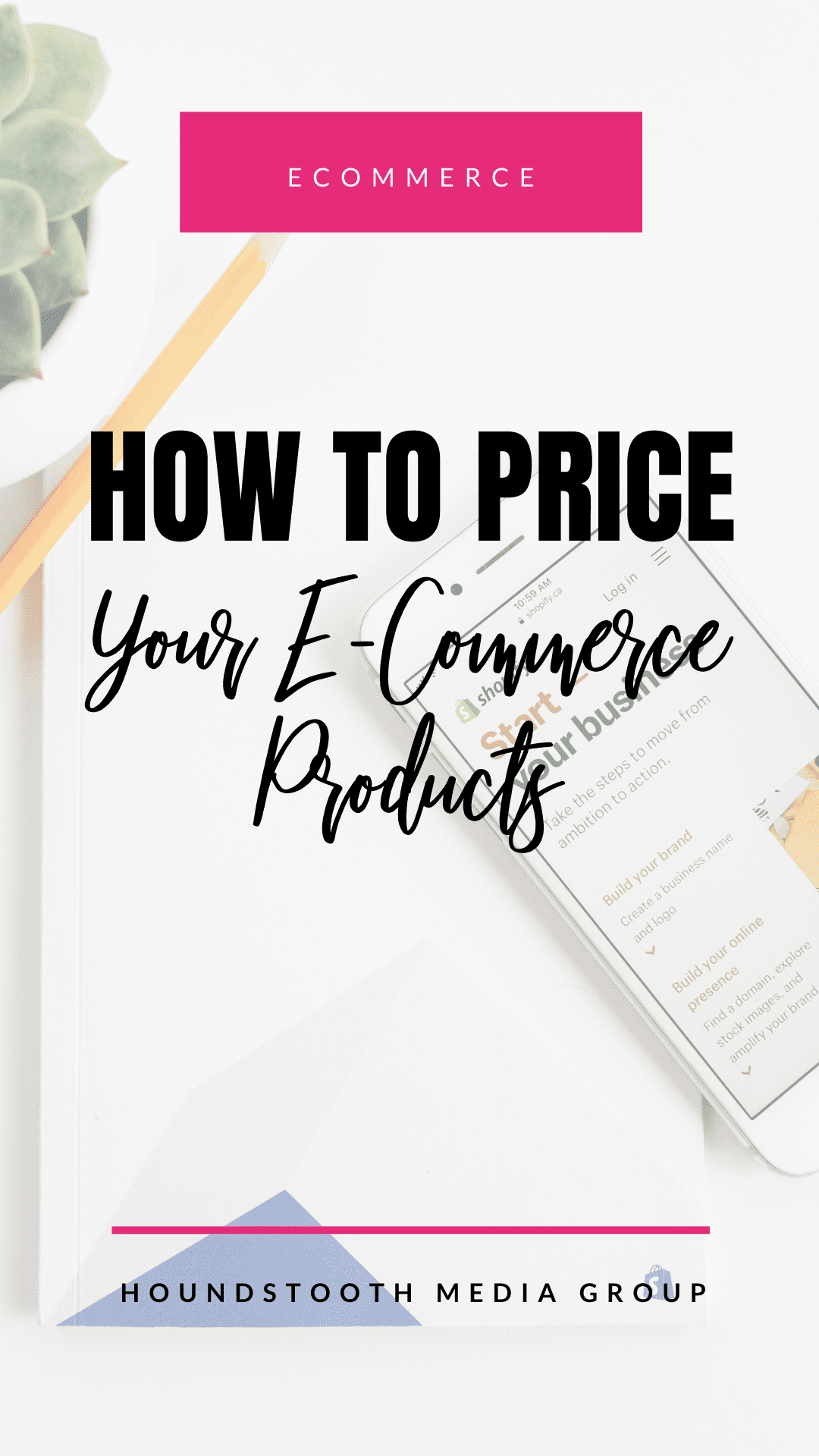In order to thrive in the online marketplace, you need to be aware of the tried and true strategies for pricing your products. A successful business model includes a pricing plan that gives your consumers value and grows your business. Here are several things to consider when pricing e-commerce products.

Determine Costs and Profit Margin
The first thing you are going to have to do is crunch numbers. Figure out the cost of production per item, or unit cost. In addition to materials, you need to factor in overhead costs, like product storage and employee salaries. Once you have your unit cost, you can add on your desired profit margin to come up with a selling price. Online margin calculators can help you determine how to go about pricing your e-commerce products.
Assess the Competition
Online retailers have to compete with both large sellers, like Amazon, and smaller online sellers. It’s important to be aware of how others are pricing similar products so that yours will be competitive. A saturated market will drive down the price of your product. On the other hand, a unique product or niche service might make it possible for you to increase your profit margin when pricing e-commerce products. This is why it’s vital to assess to competition so you can stay ahead of the pack.
Know Your Audience
Many consumers are willing to pay more for a product or service if it aligns with their world view. For example, buyers who actively seek eco-friendly products are often willing to spend a little more to find exactly what they are looking for. If you have a devoted following, a core of returning buyers, or a highly specialized item, then factor that in when pricing your e-commerce products.
Employ Common Pricing Tactics
Retailers have used many of these pricing tactics successfully for years:
- Low, middle and high tiers of services: offer a competitive price as well as a premium price. You appeal to those working within a budget and those looking for the best quality product/service with all the bells and whistles.
- Charm Pricing: drop a penny or two off the price of an item. For some reason, $29.99 feels like a much better deal than $30.00.
- Anchor Pricing: display the suggested retail price next to your selling price, so the buyer perceives the bargain.
- Discounts and Promotions: figure the cost of future promotions into your pricing, so won’t lose profits when you offer discounts on future sales.
- Include bundle pricing: create the perception of more bang for your buck. The customer is saving on the individual items, but you will be selling more overall.
- Raise price and include “free shipping.” Do some testing to see if this works for your customers. Some people love the notion of “Free Shipping!” Others want to get the best price on their purchase.
Give yourself time to do your research and find the way for pricing e-commerce products that works best for your business. Remember your value, and don’t undersell your product or yourself! For more e-commerce advice, along with daily exercises you can do to improve your online presence, check out our 30 Day Challenge Book.